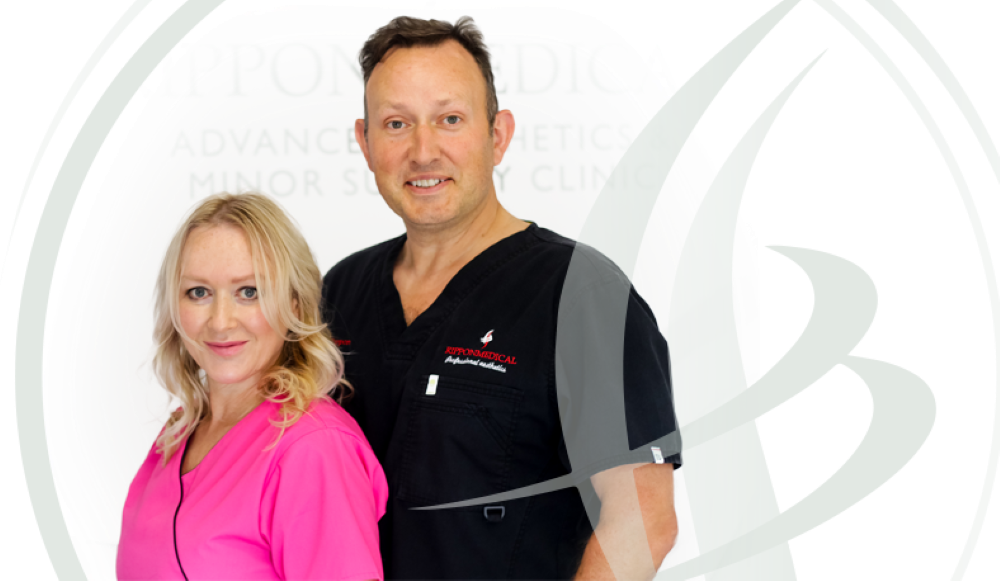News


Telangiectasia, the condition where broken blood vessels start appearing on the skin, typically on the face, is one of the most overlooked dermatological phenomena today. In a world where flawless complexion is the goal, these broken blood vessels can negatively impact your skin's appearance and overall well-being.
This makes it incredibly essential for you to take the right steps to deal with the condition and achieve the flawless skin you deserve. However, the lack of awareness and understanding can stop many from effectively preventing, managing, and treating telangiectasia.
That's why, today, we will embark on a journey, discovering the intricacies of telangiectasia, its probable causes, symptoms, and treatments.
Whether you are seeking information for yourself or trying to understand the condition for a loved one, this article is going to help you make informed decisions.
Commonly referred to as "broken blood vessels", telangiectasia is a dermatological condition that frequently occurs in the facial area. However, in some cases, it can also manifest in other parts of the body like the arms, legs and chest.
They are often described as fine, threadlike lines or red, purple, or blue webs, varying in size and diameter. They also appear in single or multiple lines but almost never cause any pain or discomfort. Regardless of their type, it is always a good idea to speak to a dermatologist or a medical professional at an aesthetic skin clinic before getting treatment.
While there aren't many scientific claims confirming the exact causes of telangiectasia, here are a few possible explanations:
Sun Exposure: Prolonged exposure to the harmful ultraviolet rays emitted by the sun is one of the leading causes of telangiectasia. Inflicting damage to collagen and elastin, exposure to the sun weakens blood vessel walls and can lead to telangiectasia.
Ageing: As a person gets older, the blood vessels undergo natural changes due to various reasons like damage and prolonged use. This can lead to the emergence of telangiectasia.
Medical Factors: Various medical conditions like rosacea, liver disease, and hereditary hemorrhagic telangiectasia can also be the reason behind broken blood vessels on the skin.
While telangiectasia may not come with a wide range of symptoms, here is a list of a few that can be easily spotted:
Visual Symptoms: One of the most common symptoms of the condition is the appearance of thin, threadlike lines, red, purple, or blue webs or spots on the skin. These lines can be subtle or pronounced, depending on the intensity and cause of the condition.
Itching: The condition might accompany mild to moderate itching or irritation in the area.
Sensitivity: The affected areas might feel more sensitive to touch or temperature in some rare cases.
Discomfort: Telangiectasia might also come with mild discomfort or in some rare cases, pain in the affected area.
Let's now take a look at a few effective treatment options to deal with broken blood vessels on the skin:
Veinwave Treatment: The veinwave treatment is one of the least invasive treatments for telangiectasia. The method involves using high-frequency energy to coagulate the blood vessels gently, making them gradually fade away.
Laser Therapy: With great precision, laser therapy minimises damage to the surrounding tissues and ensures an even skin tone.
Electrocautery: Using controlled heat, electrocautery effectively helps coagulate broken blood vessels and ensures a smooth recovery.
Now that you know all about the causes, symptoms, and treatments for telangiectasia, you can take proactive steps to prevent it, spot it and treat it.
By making informed decisions about your skin health, you not only maintain vibrant skin but also delay signs of ageing on your skin. If you are already witnessing telangiectasis, more commonly known as spider veins on your skin, get in touch with a professional now!
2 Spinners Yard, Fisher Street,
Carlisle, Cumbria, CA3 8RE
| Carlisle Clinic: | 01228 521014 |
| Head Office: | 01228 791447 |
| Mobile: | 07787 541689 |
E: This email address is being protected from spambots. You need JavaScript enabled to view it.
Registered Company Number 08132885
Registered office: 6 Brunswick Street, Carlisle, Cumbria, CA1 1PN
Monday-Saturday
9.00am - 7.00pm
Prior Appointments ONLY
Comments